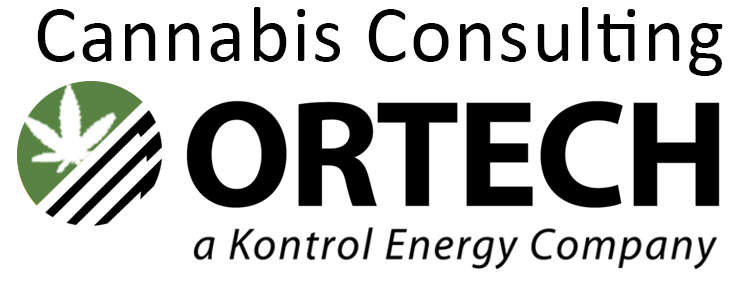Does Your Cannabis Extraction Operation need to Register in the Environmental Activity Sector Registry ("EASR")?
Photo by Demi Pradolin on Unsplash
For more information on this article please contact info@ortech.ca.
Ontario’s Regulation 1/17 requires persons engaging in activities that discharge (or may discharge) contaminants to the air, to register in the Environmental Activity Sector Registry (“EASR”), unless the activities do not meet the criteria in the Regulation. To answer the title of this piece, yes, the Ministry of Environment, Conservation and Parks (“MECP”) will require Cannabis Extraction operations to be registered in the province’s Environmental Activity and Sector Registry ("EASR").
This registry applies to all facilities which are not specifically excluded in the regulation (https://www.ontario.ca/laws/regulation/170001) either due to their primary activity code (NAICS code) or their specified activities. For those more familiar with the Environmental Compliance Approval (“ECA”) process, the requirements for the Air Emissions EASR process differ from the ECA process in that review and approval from the MECP is not required (see ORTECH’s blog here for further explanation).
Under the EASR process, Facilities are required to submit an application and maintain documents and records, but approval and authorization is essentially granted upon registration. This allows Facilities to implement changes to operations or start construction on new equipment installations without regulatory delay. This self-permitting approach is meant to improve the time it takes for industry to obtain air and noise permits.
My extraction method does not produce any air emissions. Do I still require an EASR?
Yes, a registration is still required.
Odour control, and more specifically air emissions/Volatile Organic Compounds (“VOC”) control, is expected to be needed for both a solvent-based and solvent-free cannabis extraction process. A solvent based process will have some VOC air emissions, which may or may not be odorous. In fact, even highly efficient solvent-based processes can lose 4 – 6 % of their solvent during the extraction process. The current regulations consider all these loses to be airborne, thus the need for the EASR.
The super-critical CO2 extraction method, which is solvent-free, does not emit contaminants directly. However, processes called Winterization and Distillation follow similar methods as CO2 extraction where contaminants/odour are released, requiring an EASR. CO2 extraction is also highly energy intensive, so other contaminants like nitrogen oxides (“NOx”) from fuel burning need to be considered. In addition, it is a requirement to assess potential noise impacts as part of the EASR process.
When do I need to do this?
As of December 31, 2016, if you made or make changes to your emission related operations, or if you install new equipment that have emissions, you must determine if your facility is required to register for an EASR.
What are the requirements for the EASR process?
Assess all emissions from the facility for comparison with MECP limits.
Assess all substances that have no MECP limits.
Assess noise and odour emissions.
Develop and implement noise and odour mitigation control plans (i.e. odour control reports), if required.
Develop maintenance and operational procedures, complaints and record management requirements.
How can ORTECH help?
ORTECH has been involved in environmental permitting and odour assessments for over forty years and is experienced in the operation and performance of air pollution control equipment for many different NAICS code operations. Experience which ORTECH can provide for the preparation of Odour Screening Reports, Best Management Practice Plan (“BMPP”) Reports and Odour Control Reports includes:
Odour emission testing at point, area and fugitive sources in many types of NAICS code facilities.
Odour performance evaluation of odour control equipment, such as biofilters, adsorbents, wet scrubbers, ozonation systems and ultra-violet devices.
Emission testing for odourous compound emissions including aldehydes amines, ammonia, carboxylic acid, hydrocarbons, ketones, reduced sulphur compounds and volatile organic compounds such as terpenes.
Determination of odour threshold values for specific odourous compounds which have no published values.
Effects of processes and process changes on odour emissions.
Atmospheric dispersion modelling for odours and odourous compounds.
Community odour surveys and assessment of odour complaints.
Preparation of odour testing reports, Emission Survey and Dispersion Modelling (“ESDM”) reports, ECA applications and EASR applications.
ORTECH is also experienced at providing odour expert witness testimony at trials, hearings and tribunals.
For more information on this article please contact info@ortech.ca.

